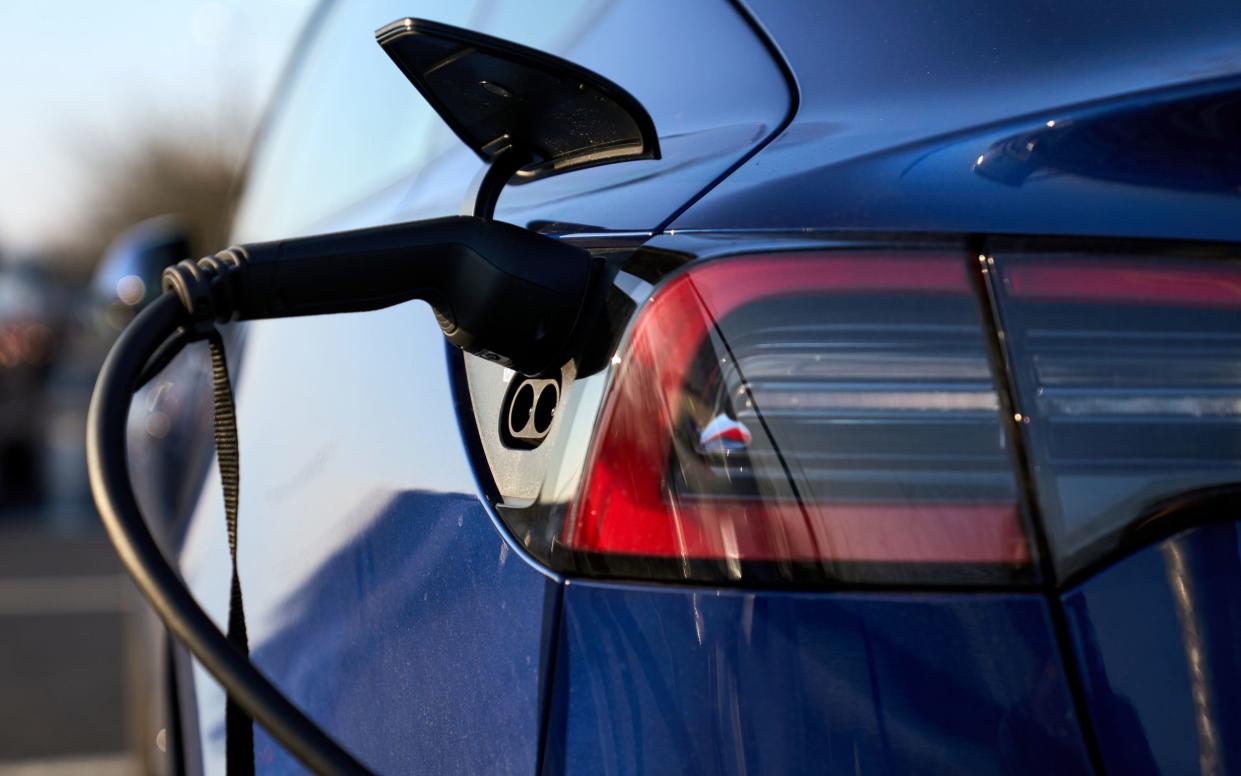Electric cars are not ‘zero emission’, says advertising watchdog

Electric cars cannot be advertised as completely “zero emission” because of the carbon dioxide that is generated when they are made and charged, the advertising watchdog has declared.
In a ruling that will change how electric vehicles (EVs) are promoted, the Advertising Standards Authority has banned carmakers from referring to them as zero emission unless they make clear this is only while driving.
The decision emerged as the regulator criticised BMW for describing its range of EVs as “zero emission cars” in Google searches.
In the ruling, the ASA said: “We understood that when electric vehicles were driven no emissions were produced, unlike a car with a petrol or diesel engine where emissions came from the tailpipe.
“However, in other circumstances, such as the manufacture or charging of an electric vehicle using electricity from the national grid, emissions were generated.
“For that reason an ad that featured a “zero emissions” claim, that did not make explicitly clear that it was related to the reaction of the vehicle while it was being driven was likely to mislead.”
It is understood to be the first time the ASA has issued such a ruling on cars and comes amid a crackdown by the regulator on so-called greenwashing, where companies over-promote their eco credentials.
However, the ASA’s stance appears at odds with that of the Government, which is calling battery-powered EVs “zero emission vehicles” for the purposes of the newly introduced ZEV mandate.
The mandate requires carmakers to make EVs an ever-bigger proportion of their sales, rising steadily from 22pc this year to 80pc by 2030.
With manufacturers under pressure to sell ever-high numbers of EVs, the ASA’s ruling will be a fresh headache.
While a typical battery EV creates no emissions at the tailpipe while driving, carbon dioxide (CO2) is generated if they are charged from Britain’s power grid because of its heavy reliance on gas.
Meanwhile around eight tonnes of CO2 equivalent is generated when an EV is manufactured, according to the International Energy Agency.
That includes 1.4 tonnes related to the battery’s critical minerals, 1.2 tonnes during the battery’s assembly and then another 5.4 tonnes when the full vehicle is manufactured.
By comparison, making a typical internal combustion engine (ICE) car creates about six tonnes of CO2 equivalent.
However, the lifetime emissions of an EV are generally far less, at around 11.7 tonnes of CO2 for charging compared to 35.9 tonnes of CO2 created by the fuel for ICE cars.


